Salmon Fishing in Japan
2023/11/22fly fishing in japan,salmon fishing in japan

Japan whose geography and climate stretches long from sub-tropical south to humid-continental north is sitting in the middle of cold and warm currents. Cold current in the north brings 2 species of salmons in autumn run: keta salmon and pink salmon.

Keta Salmon, Pink Salmon (Gorbuscha), and Sockeye Salmon (Nerka)
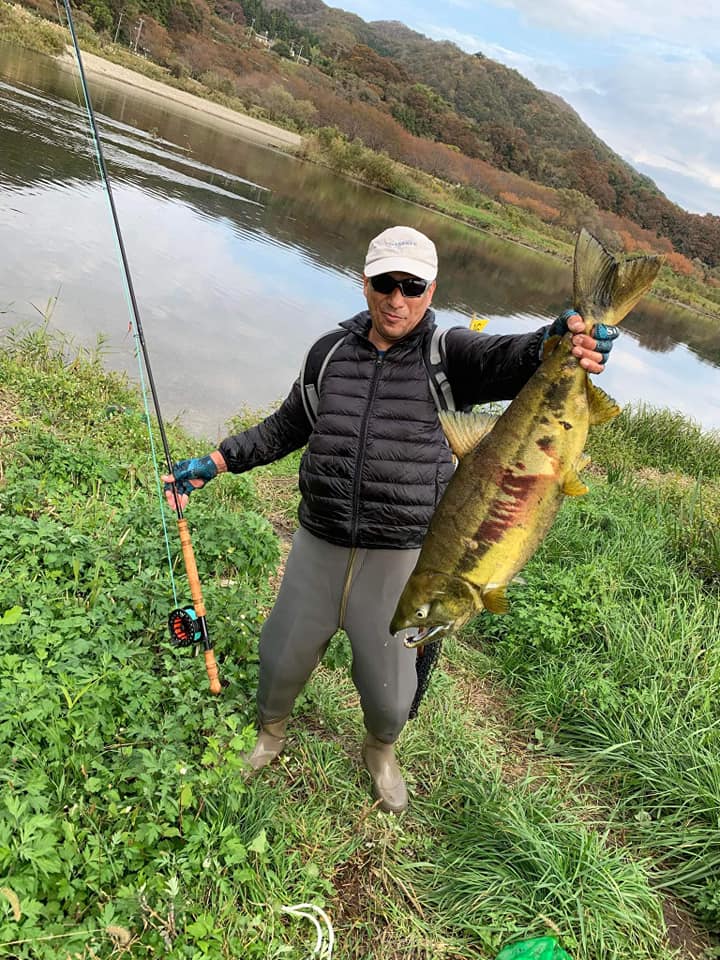
Keta salmon is known as sake which means exactly "salmon" in Japanese. Keta salmons come into rivers from Hokkaido down to Ishikawa on the side of Sea of Japan and down to Ibaraki at River Tone on the Pacific side. Pink salmon aka karafuto-masu (Karafuto is what Japanese call Sakhalin) are endemic to Hokkaido and Northern Tohoku Region. Sockeye Salmon are only seen in Hokkaido.
All salmons go sea run. Pink salmon run is August to September. Keta salmon run is October to November. Sockey salmon run is November to December.
Cherry Salmon (Masou/Seema)
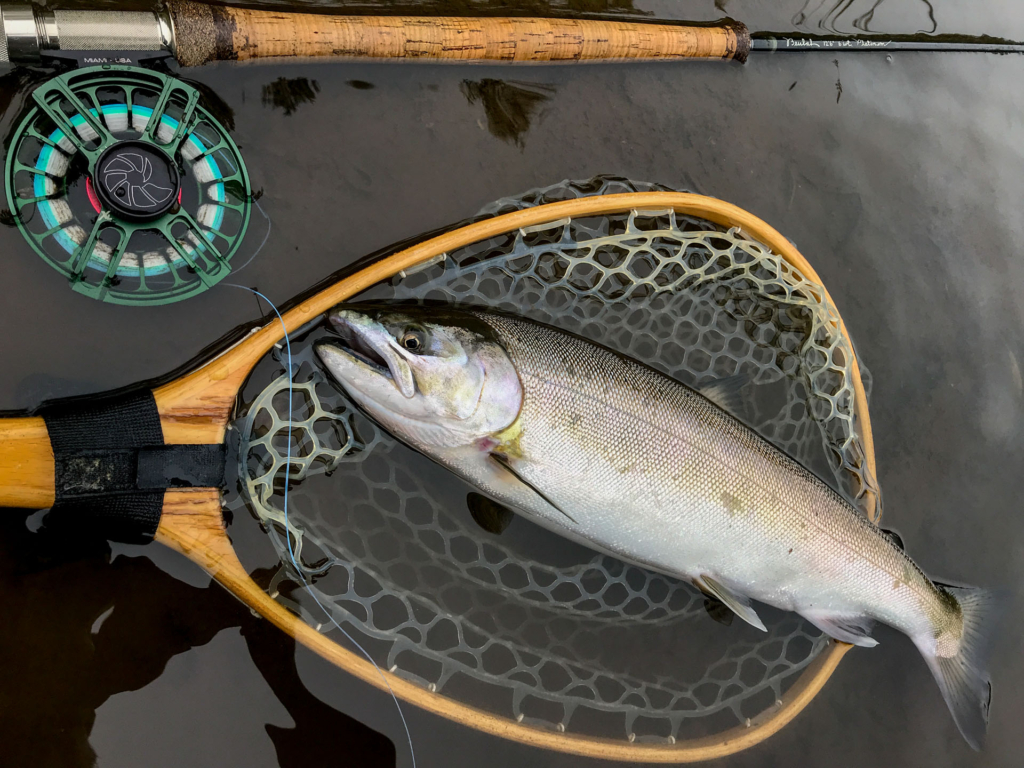
Cherry salmons are partially sea-run and landlocked. Only sea-run fish is considered "salmon" and the same regulation applies as other salmons with exception in few rivers in Honshu where fishery is managed by Gyko aka fishery cooperative who sell seasonal and day licenses. Two subspecies of cherry salmon are Sakura-Masu (who is known as just Masu (masou) and Satsuki-Masu who is endemic to the Pacific western part of Honshu.
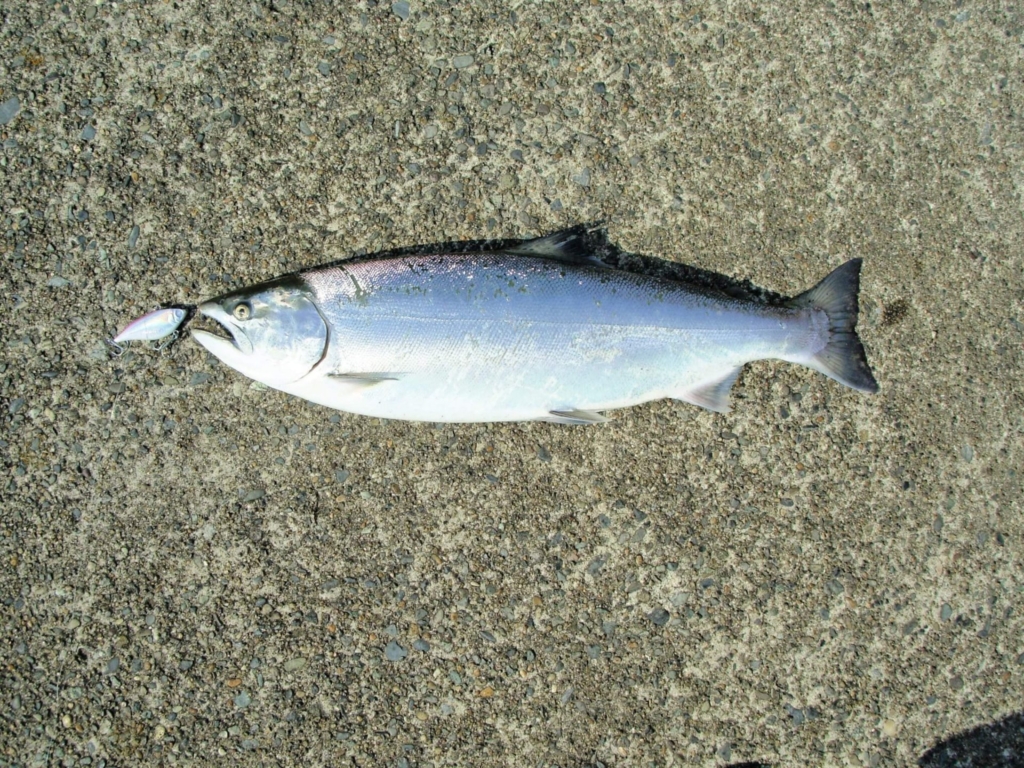
Sakura runs are April and Satsuki runs are May in Honshu. In Hokkaido, Sakura are summer run salmon who comes in June-July.
There are also sockeye salmon in the northern islands under border disputes with Russia, chinook salmon occasionally migrating offshore, and coho salmon farmed in the ocean.
Fishing Regulations for Salmon
Salmons are commercially protected fish by both national regulation & regional regulation not allowing catching them in rivers including by catch & release fishing. Only options for recreational salmon fishing are:
- Enroll special research fishing programme and purchase fishing license managed by salmon fishery cooperatives (only able to keep limited number male salmon while 100% female salmons are collected for eggs for hatchery)
- Fish cherry salmon licensed river such as River Miomote in Niigata and River Kuzuryu in Fukui
- Fish salmons in saltwater while keeping away from river mouth (distance is decided by local rule)
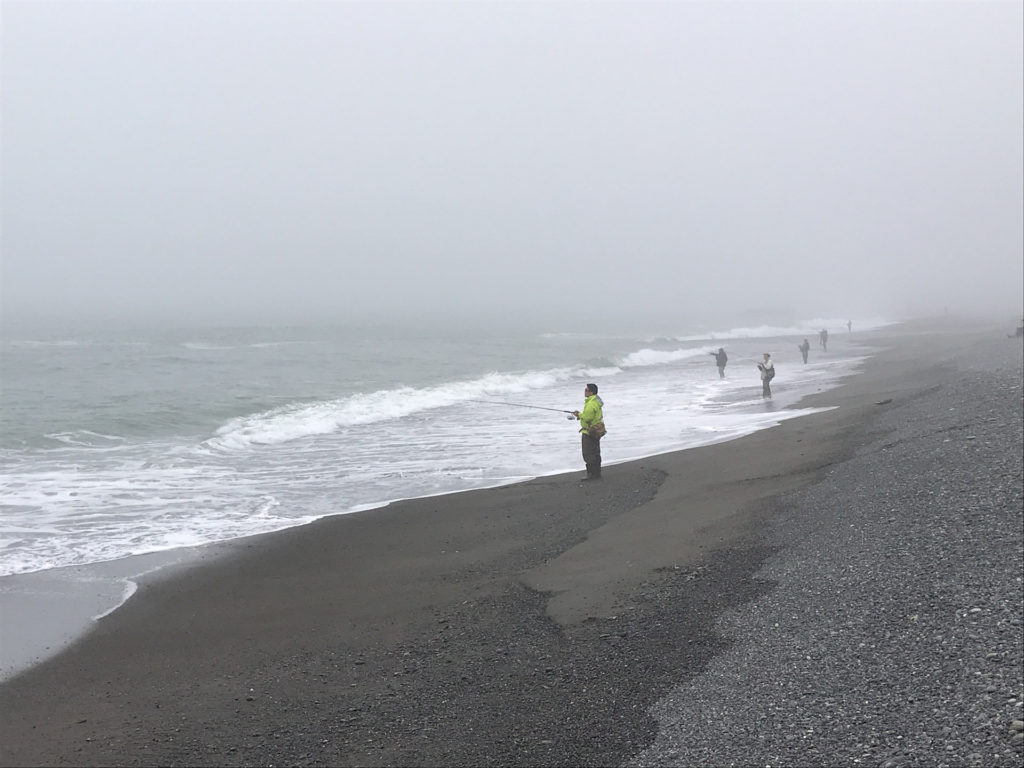
History of Salmon for Recreational Fishing
Breeding program for salmons dates back to the medieval time when government simply forbid fishing on selected rivers during the run of salmon in spring. This method is still carried out in Hokkaido, but majority of Honshu's salmon became nearly 100% man-bred over centuries of cultivation and stocking program is carried out by releasing pars in estuaries and catching them 4 years later in autumn when they return to their home rivers. All salmons became subject of resource protection by government and only designated fishery cooperatives are allowed to catch them in rivers. In the ocean where fishery rule does not apply, recreational angling is permitted.
This has been the case for many years, then imported salmons took over more than 50% of salmons distributed in Japan since 1990's. Atlantic salmon from Norway, coho salmon from Chili, and sockeye salmon from Russia. Within Japan's domestic production, cultivated coho salmon and sea-run rainbow trout take the remaining share. Ever year there has been less and less demand on native run salmons, so Japanese government has been reviewing hatchery programs for sometimes.
In the midst of hatchery revision, Churui River in Hokkaido Island became the first place where group of anglers, commercial fisherman, and local government debated together their salmon program. Today, in the name of research fishing, anglers can participate by applying for fishing license which allow them to fish for a day to days specified for the particular batch of research. Salmons caught in the process are monitored and female carrying eggs are collected by the fishery cooperative who send the eggs to the hatchery to start another cycle of breeding.
Rivers for Salmon Fishing
Following rivers are hosting salmon fishing program on constant basis. Situation is subject to change depends on fish condition or natural disaster. In fact, 3 rivers facing the Pacific coast in Miyagi and Fukushima were closed due to 3-11 Mega Quake and Fukushima Nuclear Disaster.
- Churui River, Hokkaido
http://www.salmon.jp/e/index.html
http://www.ana.co.jp/domtour/area/hokkaido/dp_fishing_salmon/ - Charo River, Hokkaido
- Hamamasu River, Hokkaido
- Oirase River, Aomori
- Sagae River, Yamagata
Need Guide Service?
If you need guide service to take you through the wonders of Japenase fly fishing or you are travel agent looking for guide service, please contact us using this form.
この記事のディスカッションに参加する | Join the Discussion
東京フライフィッシング&カントリークラブのFacebook グループ「Friends Lobby」ではメンバー以外の方とのディスカッションも行っています。気になる情報や質問などはこちらまで!
Related Posts
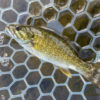
Research Fishing for Smallmouth Bass: River Tama, Tokyo
After few days of working day, I had a c ...
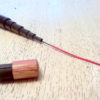
Versertile Modern Tenkara Tackle – Rewrite
Tenkara is a traditional Japanese fly fi ...
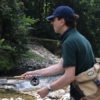
Fly Fishing/Tenkara for Cherry Salmon in Mountain Streams
Mark, visiting Tokyo with his family, an ...
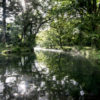
River Katsura at Oshino – Minami Tsuru, Yamanashi
There aren't many spring creek around To ...
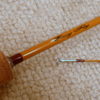
Easy Tenkara or Easy Fly? – Skagit Design Easy Fly Kit
Pretend you are taken back to the childh ...
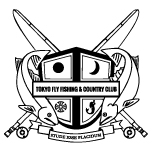

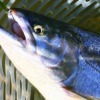
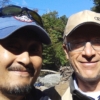


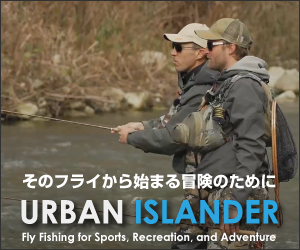
Discussion
New Comments
Thank you for creating this page! I’ve been looking for places to fish around the Tokyo area for a few months now and your blog has the most information. I’ll be moving to Tokyo in August for school. Just wondering, do many people in Japan wear waders? I’m trying to decide whether or not to bring my Simms waders/boots. Thanks!
Richard Brahy
Hi Richard
Glad it guided you to scope of fly fishing based in Tokyo.
Japan offers lots of skinny water situation in which you will definitely need your wader.
If not, you will miss a whole lot.
New Pnigbacks & Trackbacks
[…] Please see: Salmons in Japan […]